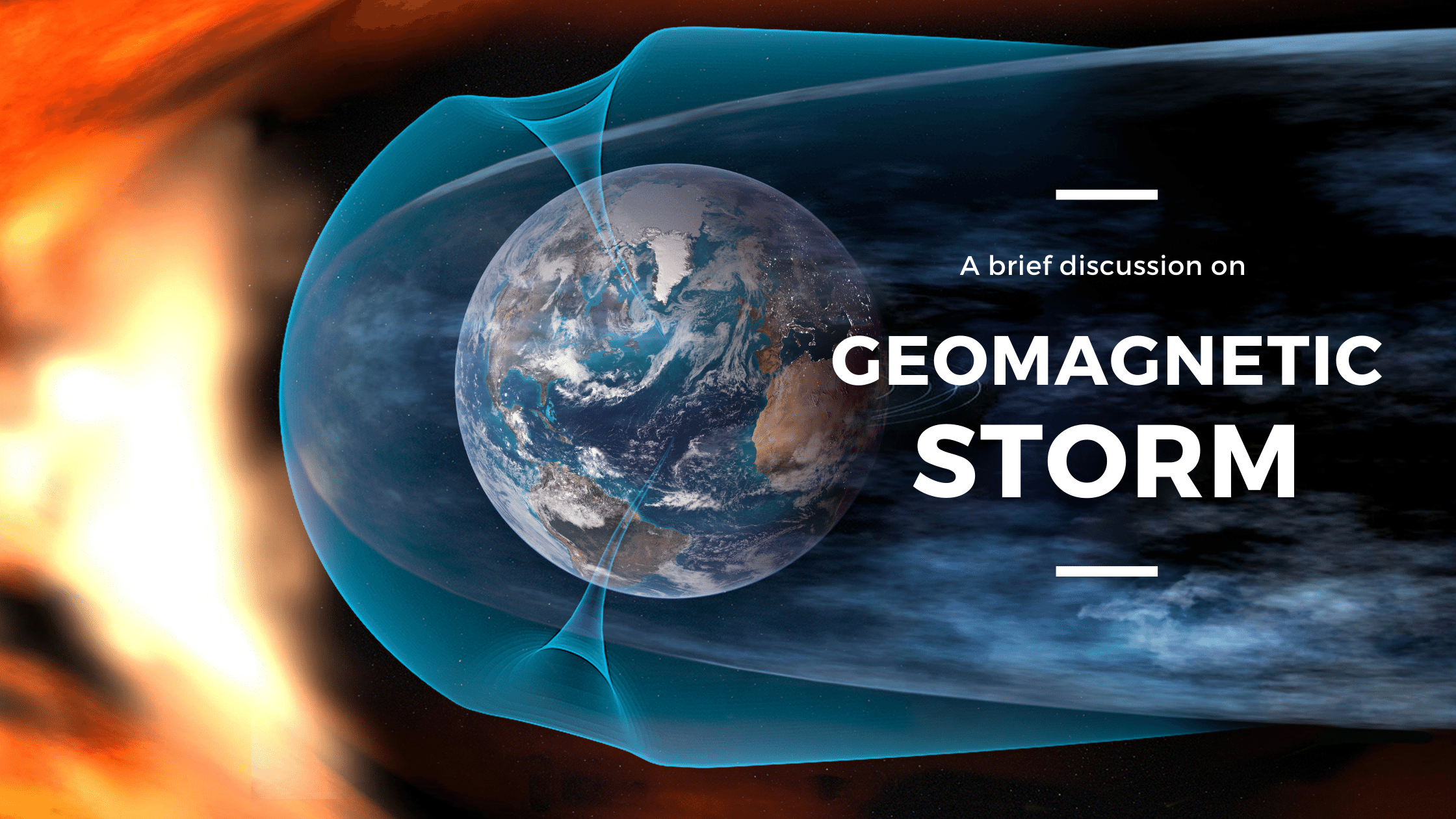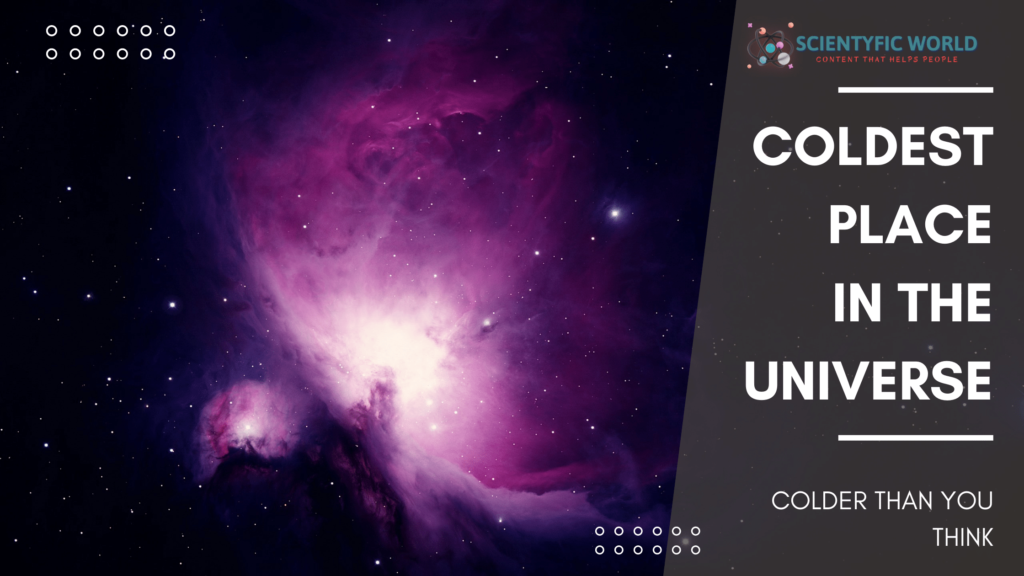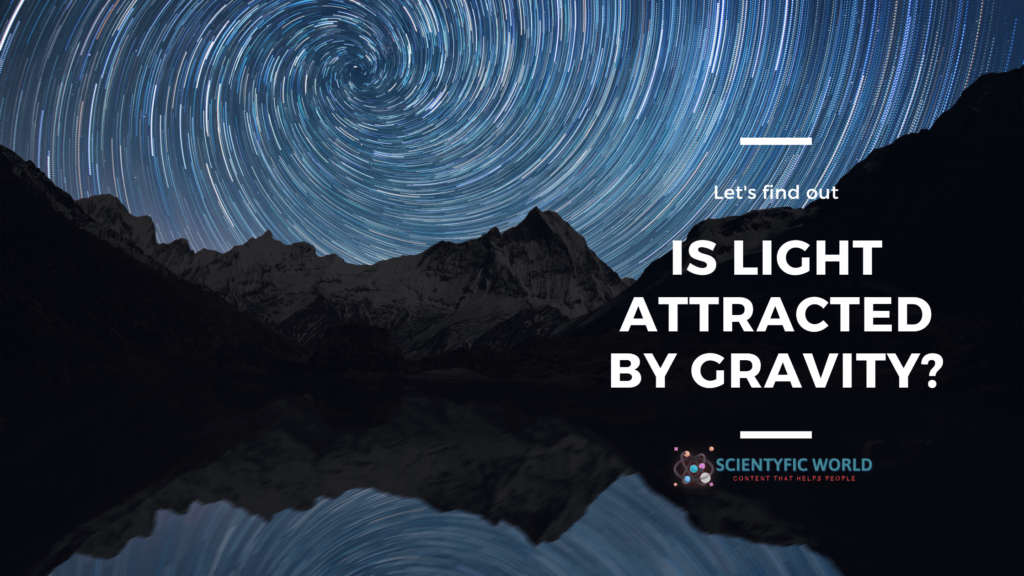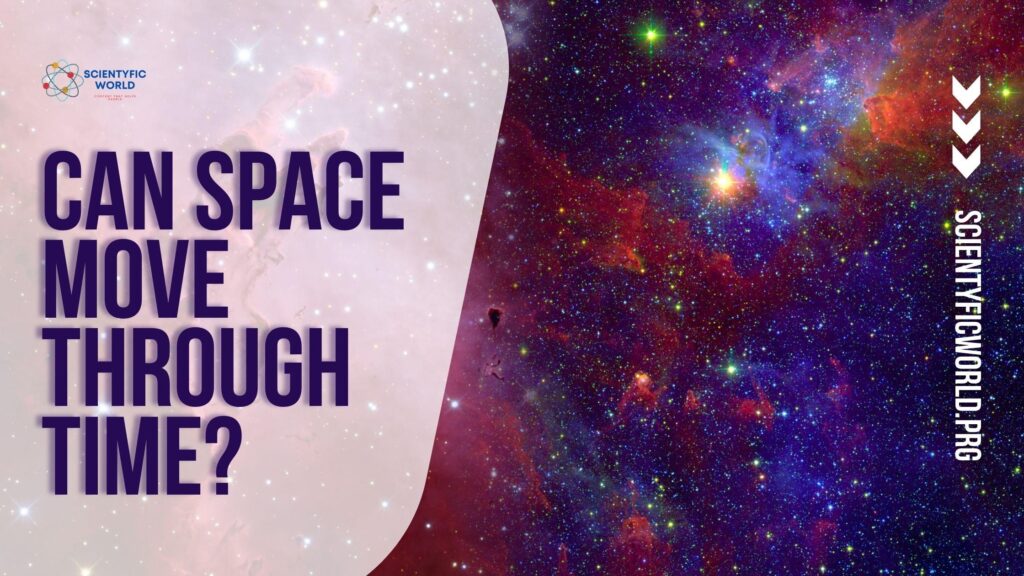Follow Us:
Do you know what is a geomagnetic storm?

A geomagnetic storm is a temporary disturbance of the Earth’s magnetic field, caused by a solar wind shock wave or solar flare. Storms of this type can disrupt the Earth’s aurora, radio communications, and power grids. They are also known to induce geomagnetic substorms.
Let’s understand the geomagnetic storm:
A geomagnetic storm is a disturbance in Earth’s magnetosphere that occurs when there is a very sudden release of solar wind energy. This energy is stored in the form of magnetic fields, and when these fields are disturbed, it can cause a geomagnetic storm.
The most common cause of a geomagnetic storm is a coronal mass ejection (CME). A CME is a large release of plasma and magnetic field from the solar corona. This plasma and magnetic field interact with Earth’s magnetosphere, causing a geomagnetic storm.
A geomagnetic storm can have a variety of effects on people and technology. It is important to be aware of these effects and be prepared for them.
Coronal Mass Ejection:
A coronal mass ejection (CME) is a sudden release of solar material and magnetic field from the Sun’s corona. This material is typically ejected into space at high speeds, often reaching several million kilometres per hour.
A CME can be associated with a solar flare, but it can also occur without any visible flare. When a CME is associated with a flare, it is often referred to as a flare-CME. Flare-CMEs are the most energetic of all CMEs.
CMEs can interact with the Earth’s magnetosphere, causing a geomagnetic storm. The resulting disturbances in the Earth’s magnetic field can disrupt power grids, navigation systems, and communications. CMEs are often associated with solar flares, but can also occur without any visible flare.
Effects on earth:
During a geomagnetic storm, the solar wind presses against Earth’s magnetic field and temporarily weakens it. This can cause a variety of effects on Earth, including auroras, power outages, and disruptions to GPS and radio communications.
Auroras:
Auroras are caused by charged particles from the sun interacting with Earth’s atmosphere. The charged particles are drawn towards the poles by Earth’s magnetic field, where they collide with atoms and molecules in the atmosphere, releasing energy in the form of light.
Power Outages:
Power outages can occur when the charged particles from the solar wind interact with Earth’s power grid. The particles can cause a surge of electricity that can overload and damage the power grid.
GPS and Radio communications:
GPS and radio communications can be disrupted when the charged particles from the solar wind interact with Earth’s ionosphere.
The ionosphere is a layer of Earth’s atmosphere that is ionized by the sun. The charged particles from the solar wind can cause the ionosphere to become unstable, which can disrupt GPS and radio communications.
Example of Geomagnetic Storms:
The most severe geomagnetic storm on record happened in 1859, during a time when there was no technology that could be affected by the storm. The storm caused auroras so bright that they were seen in the daylight sky from Cuba to China. The storm also caused telegraph lines to spark and catch fire, leading to widespread communication disruptions.
Geomagnetic storms are typically categorized by their strength.
A G1 storm is considered a minor storm, while a G5 storm is considered a major storm. The storm in 1859 was a G5 storm, the strongest category.
While geomagnetic storms can cause some disruptions, they are also beautiful displays of nature. If you are lucky enough to see an aurora during a geomagnetic storm, it is an experience you will never forget.
For more information:
To get more information about Geomagnetic storms, you can visit Wikipedia.



